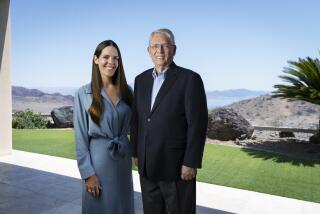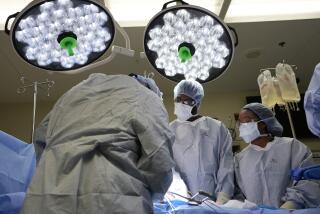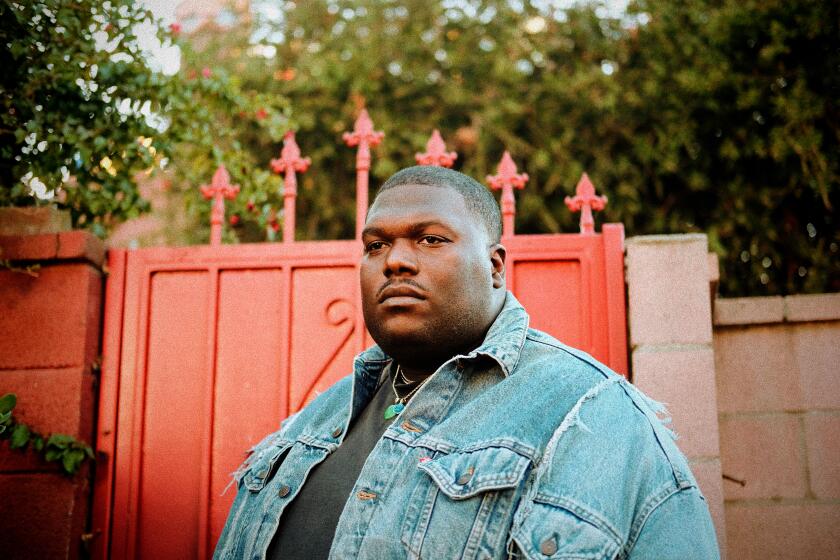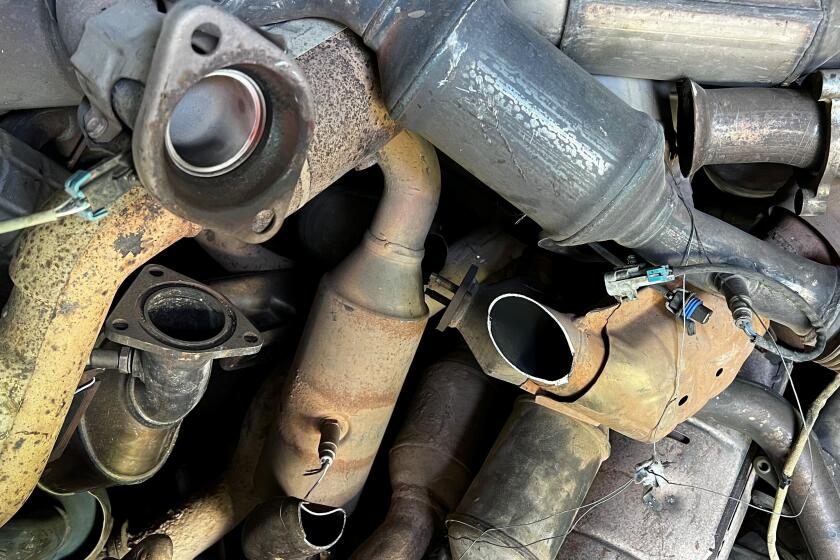Donor Hunt to Save Leukemia Victim Pays Off for Others
- Share via
SANTA BARBARA — After Diana Brutoco was diagnosed with leukemia, she learned her only hope for survival was to find someone who matched her blood tissue type--a 1-in-15,000 chance--and undergo a bone marrow transplant.
“I knew we were facing tremendous odds, but I had only two choices,” said her husband, Dr. Rudolf Brutoco, a Covina pediatrician. “I could either watch her die or do something that would give her a chance.”
The Brutocos, who have four young children, launched a blood donor campaign in their community, tested thousands of people and after 10 agonizing weeks finally found a donor. Diana Brutoco had the transplant in March, and today, she is completely recovered.
While the Brutocos’ search was successful, more than 9,000 other victims of leukemia and other blood diseases die each year because they cannot find donors. So after Diana Brutoco recovered, the Brutocos formed an organization called Life-Savers Foundation to register and test people throughout the country and match them with victims of leukemia and other blood diseases.
They are currently searching for a donor for Kris Eiler, 18, of Santa Barbara, a leukemia patient who can live only a few more months without a bone marrow transplant.
While there is a 25% chance that a patient’s sibling can be a donor, the odds are 1-in-15,000 for others because blood tissue types are extremely varied and complex. So for the last few weeks, the Life-Savers staff has assisted the Eilers in their search for a donor and helped them set up sites where local residents could give blood samples.
“The community response has been overwhelming,” said Richard Eiler, Kris’ father. “Our family has been tremendously moved at how so many people have tried to help us.”
A television station donated time over the weekend to air a telethon for Eiler that raised about $30,000. Dozens of local businesses have given employees time off from work and donated thousands of dollars to pay for their tests, which cost about $75. The Police and Fire departments, schools, churches and civic organizations throughout Santa Barbara posted flyers on bulletin boards announcing the blood drive.
Because so many people lined up for blood tests--about 1,200 showed up on Monday, the first day of testing--Life-Savers had to turn people away and schedule more testing later in the month. The staff simply could not handle the crush of lab work.
While people waiting to give blood lined up in front of the First Presbyterian Church in Santa Barbara, Eiler rested in his hospital room, filled with surfing posters, hoping that one of those in line will match his blood tissue type.
“I know the transplant is my only hope,” Eiler said softly. “I’ve been getting weaker and weaker over the last few months. If they find a donor, I hope’s it’s soon so I have the strength to deal with the transplant.”
The Eilers raised enough money through donations to pay for blood tests on Monday and Tuesday. But they are running out of funds and may not be able to pay for the tests scheduled for today and next week.
The drive for donors does not just benefit Eiler, said Rudolf Brutoco of Life-Savers. All those who have been tested will be added to a national registry, so even if they do not match Eiler, they may save someone else’s life.
When the Brutocos founded Life-Savers a year ago, there were only 20,000 potential donors listed in a national registry. During the past year, as a result of local blood drives like the one in Santa Barbara, Life-Savers has added 30,000 more names to the registry and raised almost $2.5 million to pay for the testing.
The group’s goal is to register 200,000 more people--enough donors to insure that the thousands of people currently waiting for transplants could have one. Life-Savers currently is working with many of these families and last month held 24 blood-testing sessions throughout the country.
“You can’t imagine how desperate these families are for a donor,” Diana Brutoco said. “You feel like you’re slowly drowning and you’re waiting for that one person to save your life.”
The search for a donor is so critical because there is no alternative; the bone marrow transplant is the patient’s only hope. The rate of success for those undergoing the transplant is extremely high, Brutoco said, with about 70% recovering completely.
Last year, when Brutoco was searching for a donor who matched his wife’s tissue type, every morning he nervously studied the stack of lab results from around the country sent to his office. And every morning he was disappointed.
But 10 weeks after his search began, he examined a lab test from Louisiana, and after reading the 17-digit marrow type of a Baton Rouge man, he realized that he had finally found a donor.
“I remember that moment so vividly,” Brutoco said. “I read the lab results over and over and realized that this was going to save my wife’s life. It was an incredible moment.”
For donors, the procedure is simple and considered extremely safe. A small amount of liquid marrow is extracted from their hip with a needle during the 45-minute procedure. The marrow is transported to the recipient, who first undergoes extensive chemotherapy and then receives the bone marrow intravenously.
Prospective donors can telephone Life-Savers at (800) 999-8822.
Diana Brutoco’s donor, Bill Williams, said the 23 members of his Optimist Club in Baton Rouge decided to give blood samples for a club project. Williams, 37, who lost his mother when he was 5, said he “felt privileged” to have the opportunity to save Diana Brutoco’s life.
“I thought a lot about her children and how hard it would be for them to grow up without their mother,” Williams said. “I know how hard it was for me.
“I thought about how painful it would be for her husband because I saw what my own father went through.
More to Read
Sign up for Essential California
The most important California stories and recommendations in your inbox every morning.
You may occasionally receive promotional content from the Los Angeles Times.










